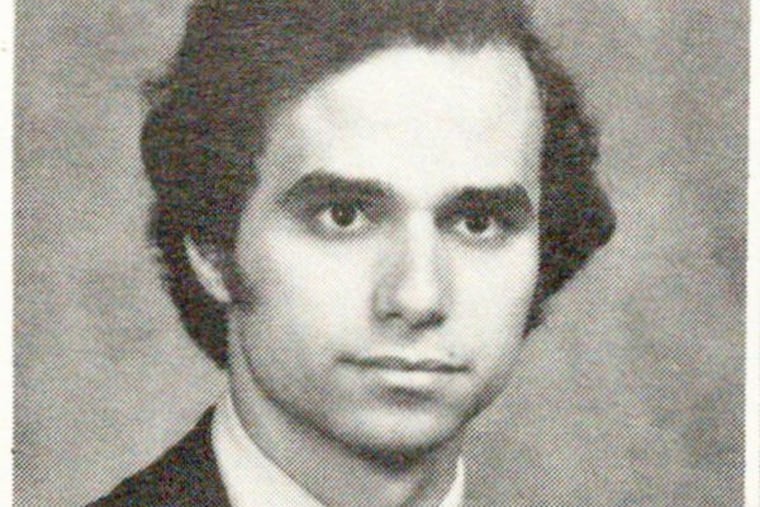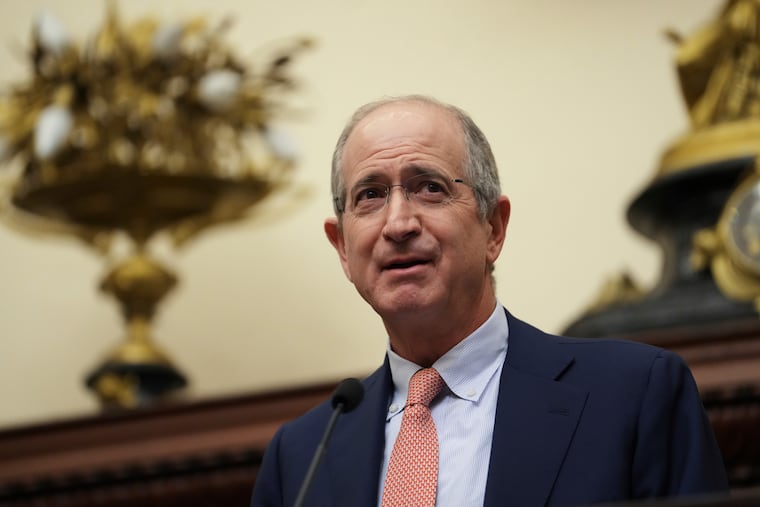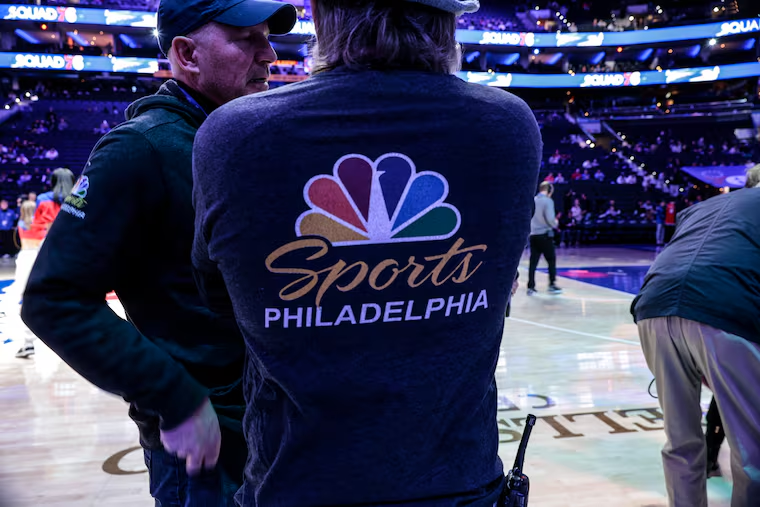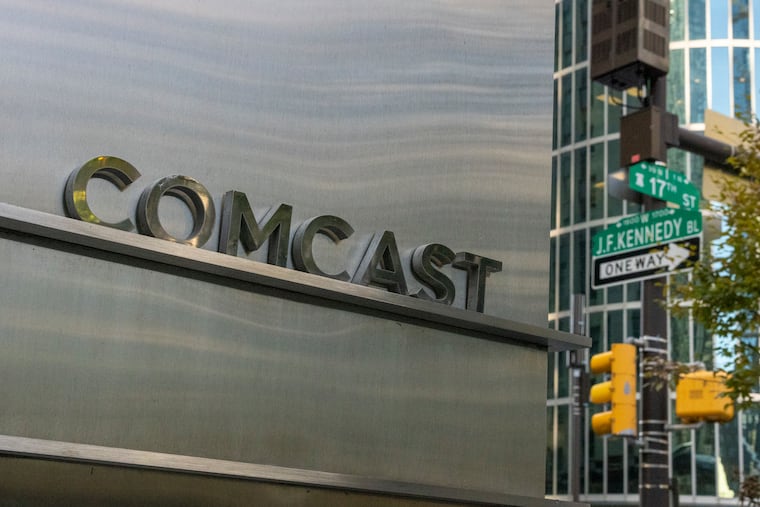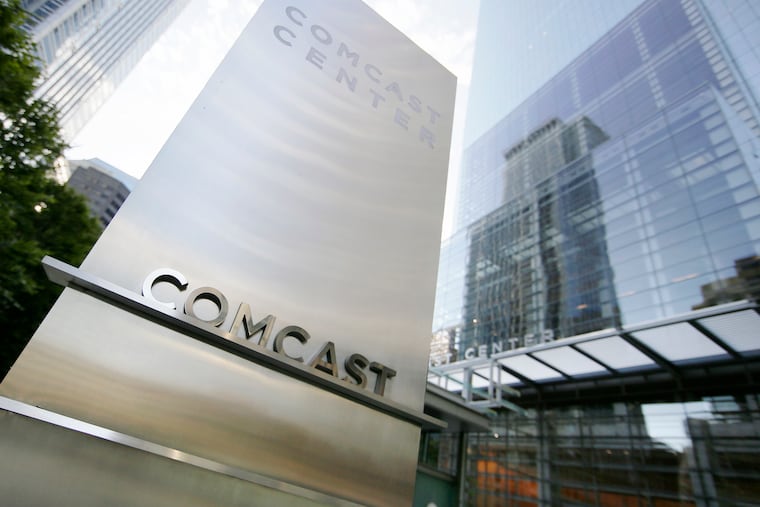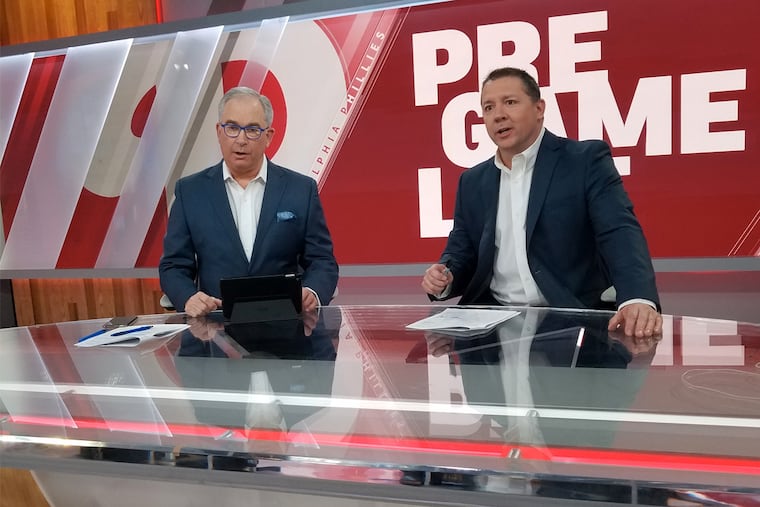Netflix, Disney+, and HBO? Cord-cutters are willing to pay much more for the right streaming services
Consumers pay $22 per month on average for video streaming subscriptions and are willing to pay roughly $11 per month, or 50 percent more, for additional services, the study found.

- For Philly’s intersex community, Trump administration’s focus on gender and sex is a threat
- One of Philly’s premier high schools is in turmoil, staff, parents, and students say
- The Eagles couldn’t have asked for a better opening-night opponent than the Cowboys
- Tabachoy chef Chance Anies’ next restaurant is a Filipino American grill inspired by Outback Steakhouse
- Kyle Schwarber is better than ever at 32. Here’s how the slugger evolved into a ‘complete hitter.’
Link copied to clipboard
Link copied to clipboard
Link copied to clipboard
Link copied to clipboard
Link copied to clipboard
Link copied to clipboard
Link copied to clipboard
Link copied to clipboard
Todd Shields, Bloomberg
Link copied to clipboard




